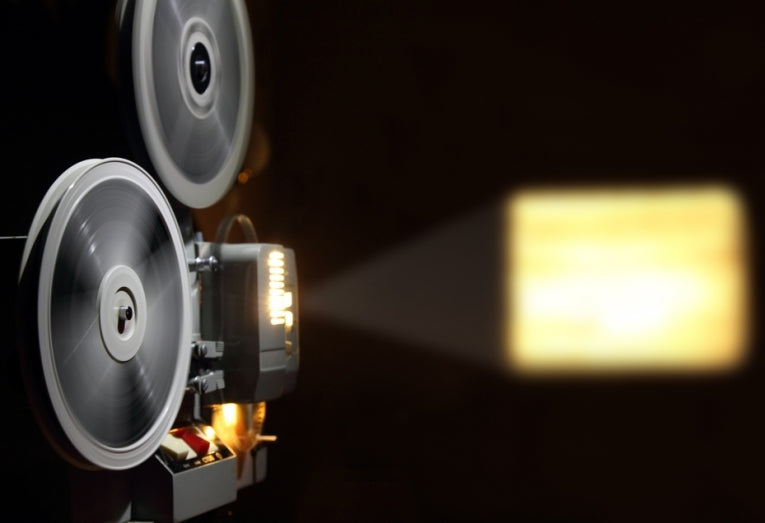It was in 1895 that Louis Lumier presented the world's first public film show using his Cinematograph and following that, developments were swift. Other inventors were working on similar project at the same time and early experiments were even made to film in colour, with the first recorded example dating from 1902.
Meanwhile, a number of experiments were taking place to devise a means of transmitting pictures using radio waves and within a little more than 25 years the first black and white television broadcast was made by the BBC in 1929. Colour TV had to wait another 25 years or so, but the first colour TV was broadcast in the United States in 1953.
All these audiovisual developments had taken place within a space of 60 years and the next 60 years up until the present day have seen further astonishing developments in world and personal communication. Our audiovisual heritage is very much part of our everyday life, but it is often completely taken for granted.
Anyone can now make colour movies using an inexpensive pocket mobile phone and transmit them to the other side of the world. Even a simple mobile phone was beyond the wildest dreams of most people not much more than a generation ago.
Alongside this has been the development of sound recording. Wax cylinders and wax disks led to mass-produced shellac records and then to magnetic tape and now we have reached the age where whole libraries of sound recordings can be digitally stored on a device the size of a match box.
60 years ago many of these technological advances would have belonged to the world of science fiction.
Moving images of all kinds, together with sound recordings, are important records of our lives and the world that we live in and they are worthy of preservation. Sadly their importance often goes unrecognised and early film and sound recordings were often neglected and decayed, or were simply destroyed and lost for ever.
Very early film was particularly vulnerable since it was printed on stock that virtually self destructed if it was not properly looked after, but where these early films have been preserved, they can give an amazing insight into the lives of our immediate forefathers. From early films of day-to-day life, the filmmakers soon began to realise the attraction of early "newsreels".
Films for entertainment soon followed and along with early sound recordings, these give a very useful insight into what people did, how they dressed, what made them laugh and generally, what entertained them.
As long ago as 27th October 1980 the 21st Annual Conference of UNESCO (United Nations Educational, Scientific and Cultural Organisation) adopted the "Recommendation for the safeguarding and preservation of moving images", which was the first international recognition of the cultural and historical importance of film and television recordings. Decisive steps were called for to ensure their preservation.
Sound recordings and moving images contain primary records of the 20th and 21st centuries, helping to maintain the cultural identity of people, but film was often discarded or destroyed under the impression that it was no longer of any use or interest, while expensive early videotape was often simply reused, with the original programmes wiped and lost for ever.
Sadly a significant amount of the 20th century's audiovisual heritage has gone for good and much more is slipping beyond recovery due to neglect, natural decay or because of technological obsolescence. This was all seen as a serious problem that needed to be addressed.
Years passed, but nothing much was done on a global scale until 2005, when a proposal by the Czech Republic at UNESCO's General Conference led to the approval of a proclamation to make 27th October the World Day for Audiovisual Heritage.
This was seen as a means of building global awareness of the various issues that were at stake in preserving the audiovisual heritage of the world and the first World Day of Audiovisual Heritage was on Saturday 27th October 2007. Since then it has become an annual event.
Activities now include:
competitions to promote World Day for Audiovisual Heritage
local events organised jointly between national film archives, audiovisual societies, television or radio stations and governments
panel discussions and conferences on the importance of preserving important audiovisual documents
special film screenings.
UNESCO encourages everyone, everywhere to join in celebrating 27th October by showcasing their precious collections as part of a global endeavour to promote the value of their audiovisual heritage.
The occasion is seen as an opportunity to raise general awareness of the need to take urgent measures to safeguard this historic material and to acknowledge its importance. The theme for the World Day for Audiovisual Heritage 2012 is: "Audiovisual heritage memory? The clock is ticking!"










